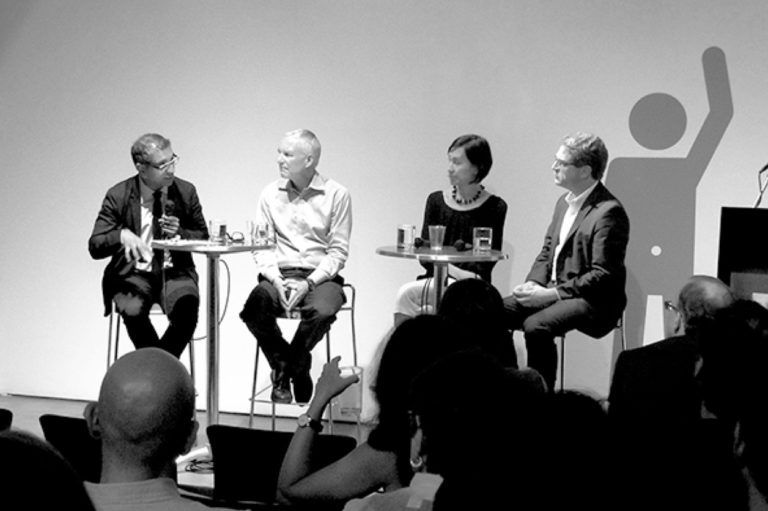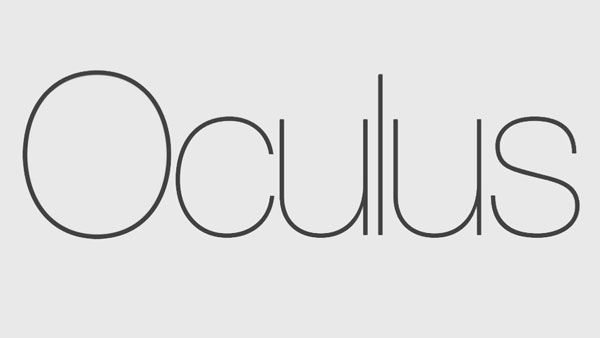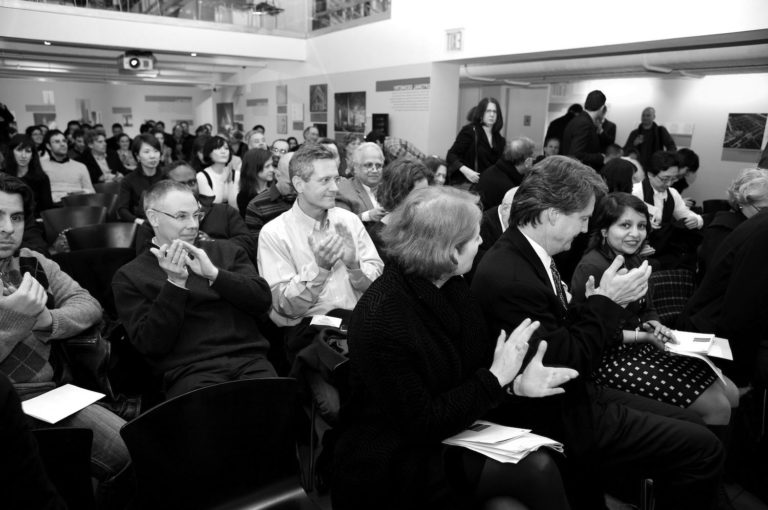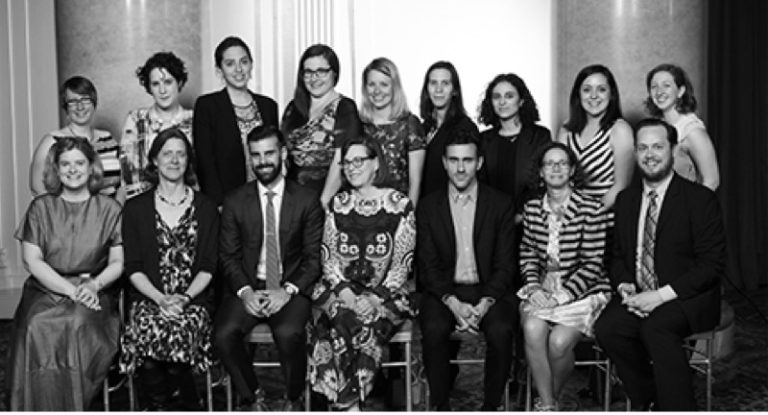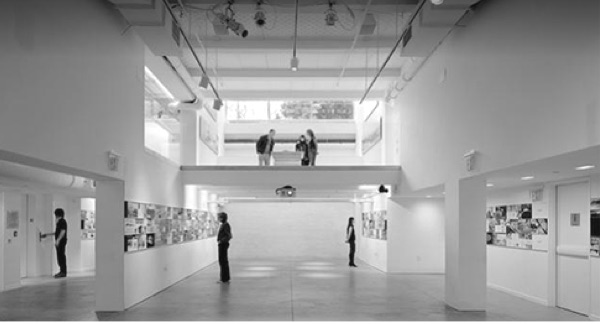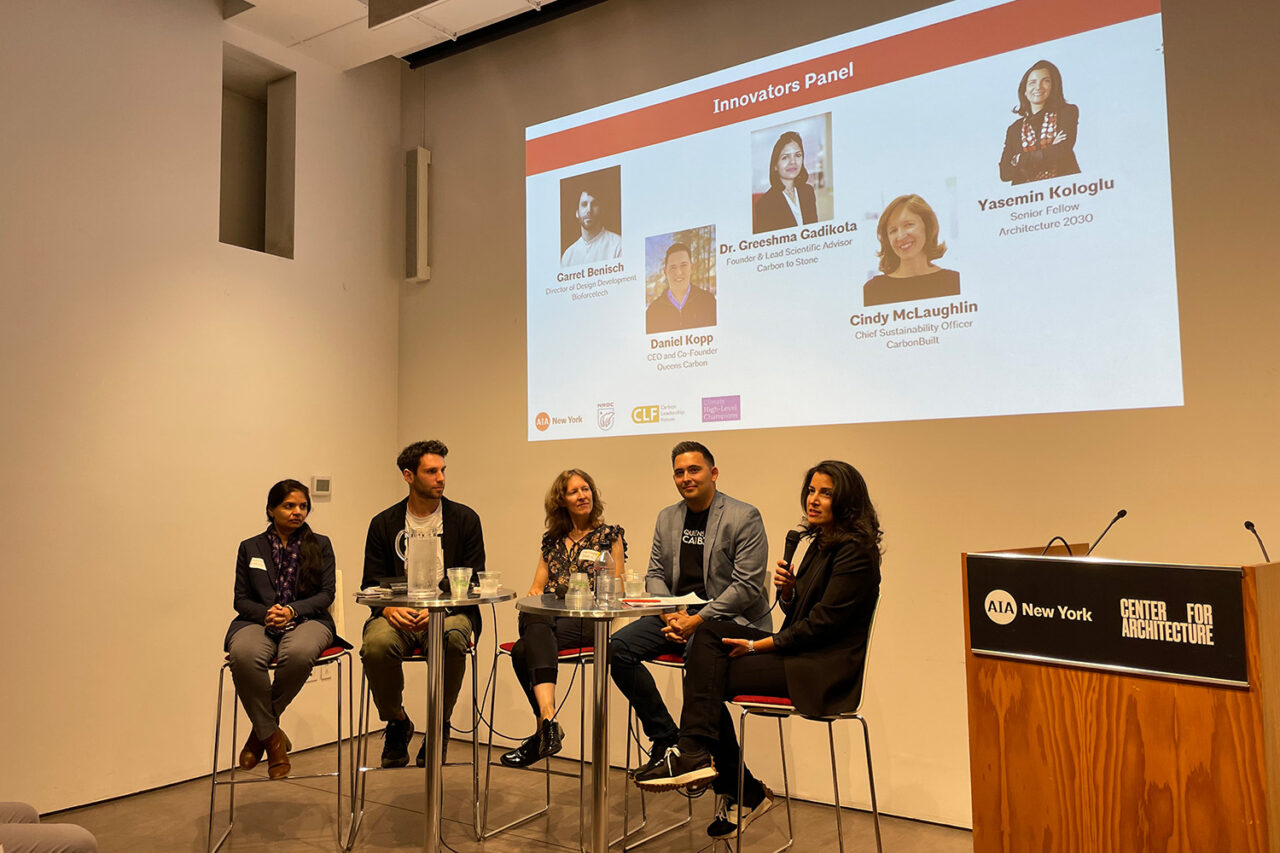by: Bria Donohue
On September 23, during Climate Week NYC, AIA New York joined forces with Natural Resources Defense Council (NRDC), Carbon Leadership Forum (CLF), and UN High-Level Climate Champions for an exploration of how breakthrough innovation and comprehensive policy and planning are converging to drive deep-embodied carbon reduction in the built environment. The program brought together design, technology, and policy experts to discuss local New York and global developments and advances in materials, practice, and governance that are redefining pathways to and timetables for net-zero attainment and beyond.
Assemblymember Robert Carroll and Assemblymember Anna Kelles emphasized the importance of strategic policy to tackle the greenhouse gas (GHG) emissions from buildings and waste. Using the lessons learned with the Low Embodied Carbon Concrete Leadership Act, which mandated the use of low-carbon concrete and EPDs on public projects, AM Carroll is seeking to make New York resilient in the face of federal pushback by leading the way with incentives for innovators to find the least carbon-intensive building tools. A6566 (Carroll) / S7648 (Kavanagh) would incentivize the use of low-carbon construction materials and products by providing financial support for concrete manufacturers to develop EPDs and establishing a sales tax exemption for low-carbon materials. AM Kelles noted the need for a suite of legislation to drive market innovation and transition to a circular economy, alleviating the growing strain on landfills and capturing the economic opportunity of the circularity industry (estimated $3.3 billion). A strategic transition demands a long-term approach to tackling whole life cycle carbon. A8456 (Kelles) / S7998 (Kavanagh) would establish a long-term strategy for reducing embodied carbon in all public and private building projects by setting three compliance pathways for global warming potential (GWP) thresholds in the Building Code.
Following the Assemblymembers, leaders in New York spoke to the significant amount of work underway in New York to reduce embodied carbon, specifically in an effort to quantify what low-carbon materials are available and information on local/regional supply chains. NYC Economic Development Corporation (EDC) has implemented circular construction guidelines on its capital projects, Clean and Circular: Design and Construction Guidelines. New York State Energy Research and Development Authority’s (NYSERDA) Innovation Team provides critical funding to building decarbonization innovations, enabling scalable, market-ready solutions. Arup has been supporting work at New York State Office of General Services (OGS) to establish Embodied Carbon Guidelines, per Executive Order 22.
The program concluded with a conversation on innovations in the concrete industry on how to achieve profitable decarbonization. Breaking down common misconceptions of low-carbon materials, the innovators shared their unique product and opportunity to create a low-carbon, low-cost pathway to scale without a green premium.
Queens Carbon is creating low-carbon cement in an instant pot style of manufacturing. Instead of making cement over a hot open fire, Queens Carbon has a steam and pressurized system that uses steam as a catalyst for the temperature of cement production to make cement. They captured a unique way to make cement and partial cement that is near or zero carbon without much modification to the existing supply chain and with minimal disruption. Public dollars have been essential for Queens Carbon’s success; receiving $15 million from US DOE’s ARPA-E SCALEUP Program has enabled them to move fast.
CarbonBuilt is a concrete masonry producer that has created a cocktail of industry byproduct materials that combine together to mimic the properties of cement, as a mechanism to solve the carbon-intensive problem by replacing cement with other waste materials. CarbonBuilt’s mix can reduce the carbon footprint of concrete by roughly 50% immediately, and they can achieve even greater carbon reduction in their own plants when they invest holistically in decarbonization. To date, CarbonBuilt has produced about 50,000 tons of concrete masonry; this material does not cost more and performs at parity to traditional products.
BioforceTech has created a material from sewage sludge that can replace aggregates in concrete and cement with different technology post processing. Utilizing the end material from waste water treatment, BioforceTech’s system can dry the material using bacteria instead of natural gas and then convert it through this high heat with no oxygen process into a carbon negative pound for pound material. BioforceTech’s process opens up opportunities for circular cities, making policy play a crucial role in bringing low carbon construction materials and the sewage system together. In an effort to dispel concerns from the AEC industry, Garrett from Bioforcetech used a baking analogy to articulate how changing the aggregate material is a really low liability way of reducing carbon–think of the aggregate as the chocolate chips in your cookie recipe, the chocolate is not going to change the integrity of your cookie in the way that changing the flour could.
Carbon to Stone has a process of capturing CO2 from very dilute steams using an accelerated capture approach, and instead of producing high purity CO2 (which is what most CO2 capture technologies do) they started converting it into solid carbonettes. They convert carbon from C&D waste, steel slag, cement kiln dust, and more. Carbon to Stone’s focus is on making high value products out of multiple emission streams.
In a moment of rapidly evolving policy at the federal level, innovators’ attention is on bridging the gap between innovation and implementation, prioritizing market competitiveness, and competing with legacy models. Policies such as procurement agreements and financial incentives can catalyze the low-carbon material industry.

